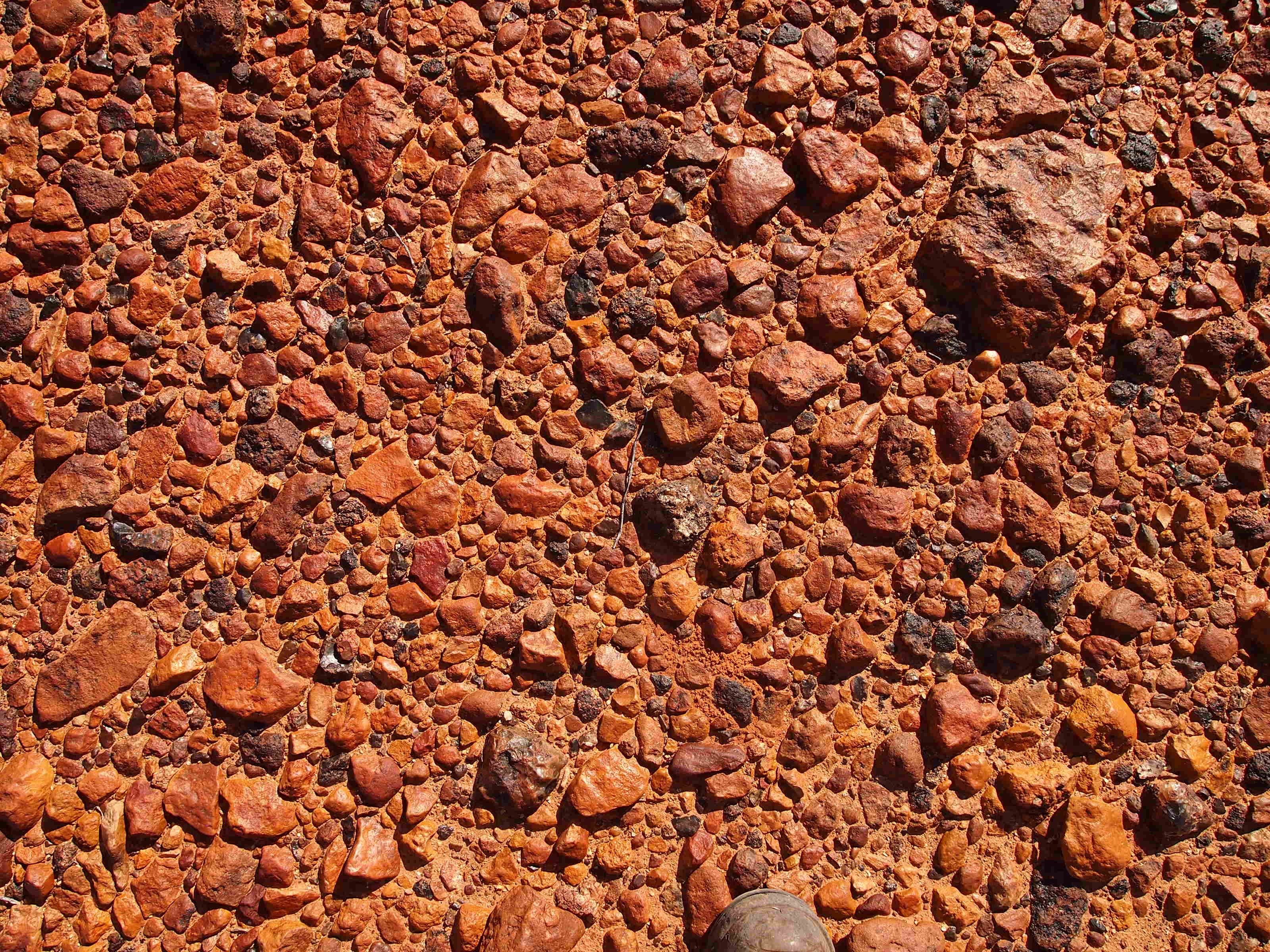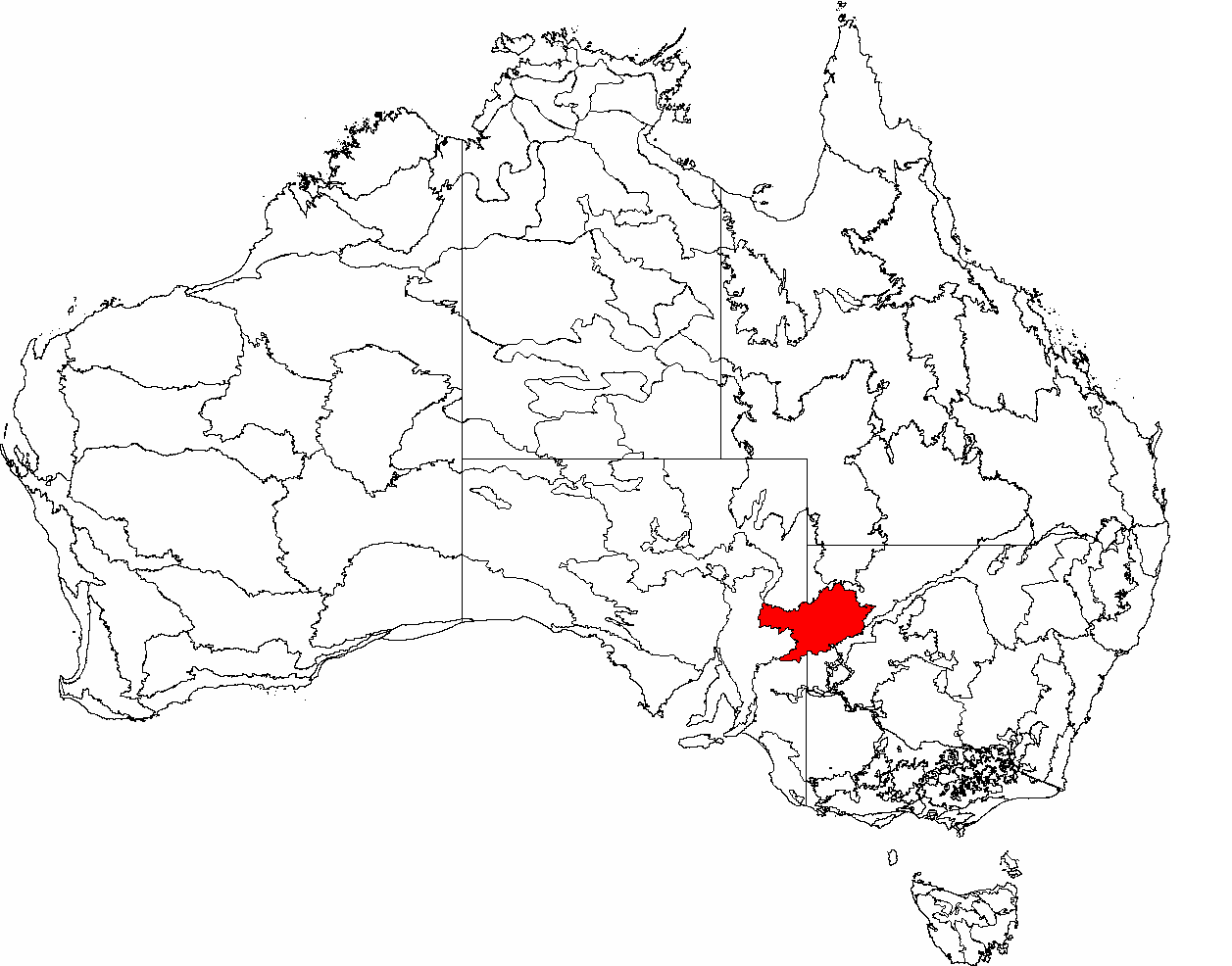|
Tirari–Sturt Stony Desert
The Tirari–Sturt stony desert is a deserts and xeric shrublands ecoregion in central Australia. Location and description The Tirari–Sturt stony desert ecoregion contains the gibber plains (desert pavement) and red sands of the large Sturt Stony Desert, the Tirari Desert to its southwest and the Flinders and Gawler Ranges to the south. The Tirari has more sand dunes than the Sturt Stony Desert and has also been the site of some important fossil findings. Towns of the ecoregion include the opal mining centre of Coober Pedy, famous for its underground dwellings. The climate is very hot with summer temperatures reaching 50 °C. The region consists of the Stony Plains, Gawler, Flinders Lofty Block and the Broken Hill Complex bioregions of the Interim Biogeographic Regionalisation for Australia (IBRA). [...More Info...] [...Related Items...] OR: [Wikipedia] [Google] [Baidu] |
Gawler Range
The Gawler Ranges are a range of stoney hills in South Australia to the north of the Eyre Peninsula. The Eyre Highway skirts the south of the ranges. The Gawler Ranges National Park is in the ranges north of Kimba and Wudinna. The ranges are covered by the Gawler Ranges Native Title Claim. History The traditional owners of the Gawler Ranges are the Barngarla, Kokatha and Wirangu peoples, who have inhabited the area for at least 30,000 years and are now known collectively as the Gawler Ranges Aboriginal People. These Aboriginal peoples maintained and used rock holes in the granite rock formations as a water source. The ranges were named by Edward John Eyre after the Governor of South Australia, George Gawler in 1839. This was on one of Eyre's earlier expeditions before his famous crossing of the Nullarbor Plain further west. It was on this expedition that Edward John Eyre made the first recorded sighting of South Australia's floral emblem, the Sturt desert pea, in 1839 durin ... [...More Info...] [...Related Items...] OR: [Wikipedia] [Google] [Baidu] |
Gibber Plain
A desert pavement, also called reg (in western Sahara), serir (in eastern Sahara), gibber (in Australia), or saï (in central Asia) is a desert surface covered with closely packed, interlocking angular or rounded Rock (geology), rock fragments of pebble and cobble (geology), cobble size. They typically top alluvial fans. Desert varnish collects on the exposed surface rocks over time. Geologists debate the mechanics of pavement formation and their age. Formation Several theories have been proposed for the formation of desert pavements. A common theory suggests that they form through the gradual removal of sand, dust and other fine-grained material by the wind and intermittent rain, leaving the larger fragments behind. The larger fragments are shaken into place through the forces of rain, running water, wind, gravity, creep, thermal expansion and contraction, wetting and drying, frost heaving, animal traffic, and the Earth's constant microseismic vibrations. The removal of small ... [...More Info...] [...Related Items...] OR: [Wikipedia] [Google] [Baidu] |
Department Of The Environment And Water Resources
The Minister for Resources is an Australian Government cabinet position which is currently held by Madeleine King following the swearing in of the full First Albanese ministry, Albanese ministry on 1 June 2022. In the Australian Government, Government of Australia, the ministers administer this portfolio through the Department of Industry, Science and Resources. Mission and outcomes Information about the department's functions and/or government funding allocation could be found in the Machinery of government#Australian Government Administrative Arrangement Orders, Administrative Arrangements Orders, the annual Portfolio Budget Statements, in the department's annual reports and on the department's website. At its creation, the department was responsible for: *Environment protection and conservation of biodiversity *Air quality *National fuel quality standards *Land contamination *Meteorology *Administration of the Australian Antarctic Territory and the Territory of Heard Island ... [...More Info...] [...Related Items...] OR: [Wikipedia] [Google] [Baidu] |
Environment Australia
Environment most often refers to: __NOTOC__ * Natural environment, referring respectively to all living and non-living things occurring naturally and the physical and biological factors along with their chemical interactions that affect an organism or a group of organisms Other physical and cultural environments *Ecology, the branch of ethology that deals with the relations of organisms to one another and to their physical surroundings *Environment (systems), the surroundings of a physical system that may interact with the system by exchanging mass, energy, or other properties. *Built environment, constructed surroundings that provide the settings for human activity, ranging from the large-scale civic surroundings to the personal places *Social environment, the culture that an individual lives in, and the people and institutions with whom they interact *Market environment, business term Arts, entertainment and publishing * ''Environment'' (magazine), a peer-reviewed, popular e ... [...More Info...] [...Related Items...] OR: [Wikipedia] [Google] [Baidu] |
Interim Biogeographic Regionalisation For Australia
The Interim Biogeographic Regionalisation for Australia (IBRA) is a biogeography, biogeographic regionalisation of Australia developed by the Australian government's Department of Sustainability, Environment, Water, Population and Communities (Australia), Department of Sustainability, Environment, Water, Population, and Communities. It was developed for use as a planning tool, for example for the establishment of a national Reserve System, national reserve system. The first version of IBRA was developed in 1993–94 and published in 1995. Within the broadest scale, Australia is a major part of the Australasia Australasian realm, biogeographic realm, as developed by the World Wide Fund for Nature. Based on this system, the world is also split into Biome#Olson & Dinerstein (1998) biomes for WWF / Global 200, 14 terrestrial habitats, also called biomes, of which eight are shared by Australia. The Australian land mass is divided into 89 bioregions and 419 Terrestrial ecoregion, subr ... [...More Info...] [...Related Items...] OR: [Wikipedia] [Google] [Baidu] |
Bioregion
A bioregion is a geographical area, on land or at sea, defined not by administrative boundaries, but by distinct characteristics such as plant and animal species, ecological systems, soils and landforms, Human settlement, human settlements, and topographic features such as Drainage basin, watersheds. The idea of bioregions were adopted and popularized in the mid-1970s by a school of philosophy called bioregionalism, which includes the concept that human culture, in practice, can influence bioregional definitions due to its affect on non-cultural factors. Bioregions are part of a nested series of ecological scales, generally starting with local watersheds, growing into larger river systems, then Level III or IV ecoregions (or regional ecosystems), bioregions, then Biogeographic realm, biogeographical realm, followed by the continental-scale and ultimately the biosphere. Within the life sciences, there are numerous methods used to define the physical limits of a bioregion based on ... [...More Info...] [...Related Items...] OR: [Wikipedia] [Google] [Baidu] |
Broken Hill Complex
The Broken Hill Complex (code ''BHC''), an interim Australian bioregion, is located in both New South Wales and South Australia, and comprises an area of of inland Australia. IBRA 5.1 describes ''BHC'' as being: Hills and colluvial fans on Proterozoic rocks; desert loams and red clays, lithosols and calcareous red earths; supporting chenopod shrublands ''Maireana'' spp. - ''Atriplex'' spp. shrublands, and mulga open shrublands ''Acacia aneura''. See also * Geography of Australia The geography of Australia describes the systematic study of Australian sovereign territory, which, in a geographical sense, refers to the mainland Australia (also called continental Australia), the insular state of Tasmania and thousands of L ... References IBRA regions Biogeography of New South Wales Biogeography of South Australia {{SouthAustralia-geo-stub ... [...More Info...] [...Related Items...] OR: [Wikipedia] [Google] [Baidu] |
Flinders Lofty Block
Flinders Lofty Block is an interim Australian bioregion located in South Australia. It has an area of , which includes the Mount Lofty Ranges and Flinders Ranges. Subregions Flinders Lofty Block consists of six subregions * Mount Lofty Ranges (FLB01) – * Broughton (FLB02) – * Olary Spur (FLB03) – * Southern Flinders (FLB04) – * Northern Flinders (FLB05) – * Central Flinders (FLB06) – The Mount Lofty Ranges and Broughton subregions are part of the Mount Lofty woodlands ecoregion. The other subregions are part of the Tirari–Sturt stony desert The Tirari–Sturt stony desert is a deserts and xeric shrublands ecoregion in central Australia. Location and description The Tirari–Sturt stony desert ecoregion contains the gibber plains (desert pavement) and red sands of the large S ... ecoregion. References Biogeography of South Australia IBRA regions Mediterranean forests, woodlands, and scrub in Australia {{SouthAustralia-geo-stu ... [...More Info...] [...Related Items...] OR: [Wikipedia] [Google] [Baidu] |
Gawler Bioregion
Gawler is an Interim Biogeographic Regionalisation for Australia, interim Australian bioregion located in South Australia. It has an area of . Gawler bioregion is part of the Tirari–Sturt stony desert ecoregion. Geography The landscape consists of rolling terrain, rocky hills, plains, and salt-encrusted lake beds.Bastin, G and the ACRIS Management Committee, 2008. ''Rangelands 2008 — Taking the Pulse'', published on behalf of the ACRIS Management Committee by the National Land & Water Resources Audit, Canberra. Ephemeral salt lakes, including Lake Torrens, Lake Gairdner, Lake Macfarlane, Lake Everard, Lake Gilles, Lake Harris (South Australia), Lake Harris, and Lake Acraman, cover extensive areas. The Gawler Ranges lie in the southwestern portion of the bioregion. The Flinders Ranges bound the bioregion to the east. In the southeast the bioregion extends to the Spencer Gulf. Climate The Gawler bioregion has an arid climate. Rainfall is predominantly in the winter, with a spa ... [...More Info...] [...Related Items...] OR: [Wikipedia] [Google] [Baidu] |
Stony Plains
Stony Plains, an interim Australian bioregion, comprises , and is part of two state/territories of Australia: the Northern Territory and South Australia.IBRA Version 6.1 data The bioregion has the code STP. There are seven subregions. See also *Geography of Australia
The geography of Australia describes the systematic study of Australian sovereign territory, which, in a geographical sense, refers to the mainland Australia (also called continental Australia), the insular state of Tasmania and thousands of L ...
References Further read ...
|
Coober Pedy
Coober Pedy () is a town in northern South Australia, north of Adelaide on the Stuart Highway. The town is sometimes referred to as the "opal capital of the world" because of the quantity of precious opals that are mined there. A blower truck is raised above the town sign, representing the importance of opal mining to the town's history. Coober Pedy is also renowned for its below-ground dwellings, called " dugouts", which are built in this fashion due to the scorching daytime heat. The name "Coober Pedy" is thought to derive from the Kokatha-Barngarla term ''kupa-piti'', which translates to "whitefellas' hole", but in 1975 the local Aboriginal people of the town adopted the name Umoona, which means "long life" and is also their name for the mulga tree. History Aboriginal people have a longstanding connection with the area, which is considered by the people of the Western Desert to be the traditional lands of the Arabana people, although Kokatha and Yankunytjatjara peopl ... [...More Info...] [...Related Items...] OR: [Wikipedia] [Google] [Baidu] |
Gawler Ranges
The Gawler Ranges are a range of stoney hills in South Australia to the north of the Eyre Peninsula. The Eyre Highway skirts the south of the ranges. The Gawler Ranges National Park is in the ranges north of Kimba, South Australia, Kimba and Wudinna, South Australia, Wudinna. The ranges are covered by the Gawler Ranges Native Title Claim. History The traditional owners of the Gawler Ranges are the Barngarla, Kokatha and Wirangu peoples, who have inhabited the area for at least 30,000 years and are now known collectively as the Gawler Ranges Aboriginal People. These Aboriginal Australians, Aboriginal peoples maintained and used rock holes in the granite rock formations as a water source. The ranges were named by Edward John Eyre after the Governor of South Australia, George Gawler in 1839. This was on one of Eyre's Eyre's 1839 expeditions, earlier expeditions before his famous crossing of the Nullarbor Plain further west. It was on this expedition that Edward John Eyre made the ... [...More Info...] [...Related Items...] OR: [Wikipedia] [Google] [Baidu] |






